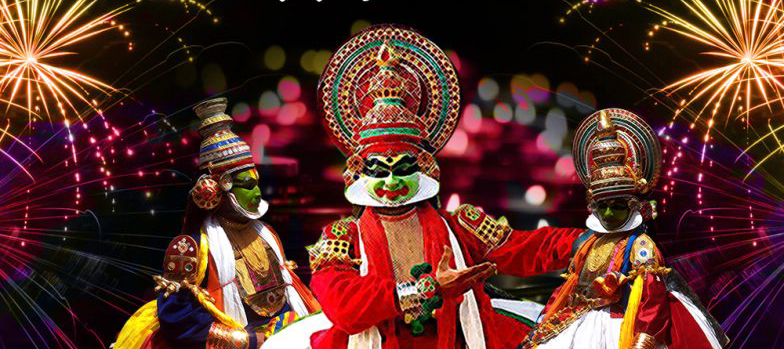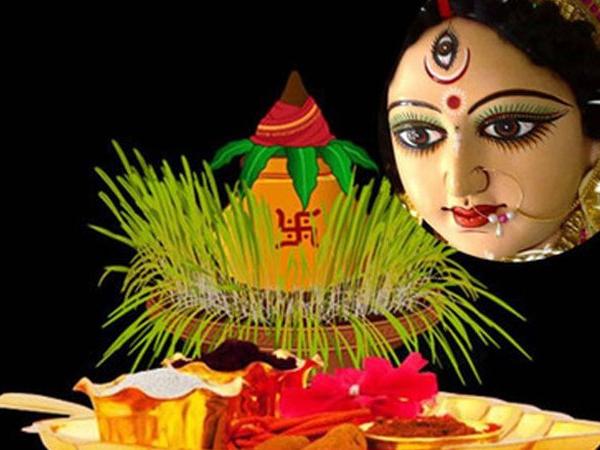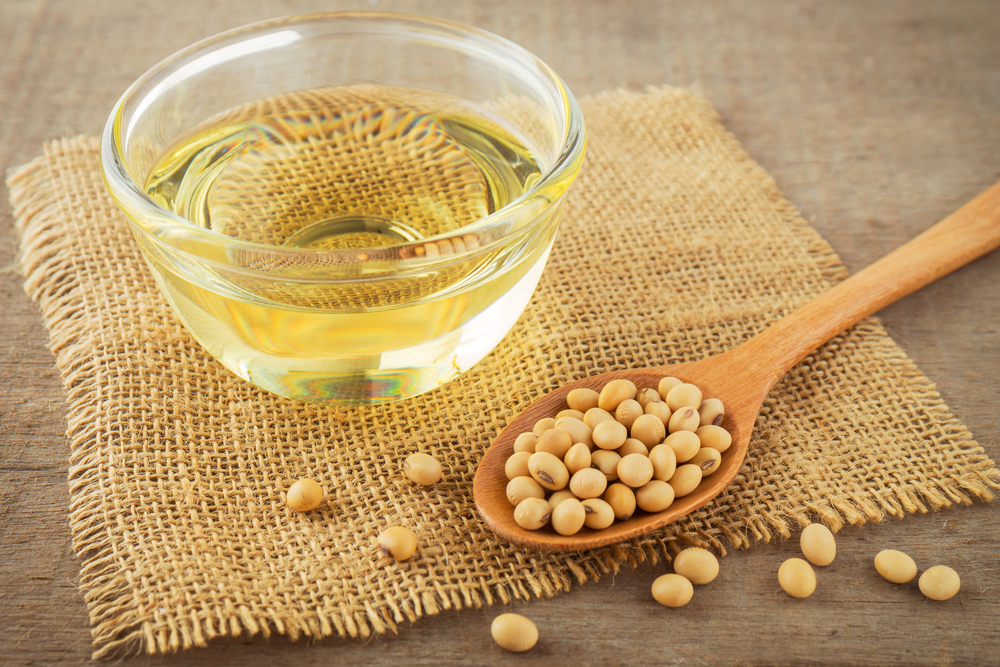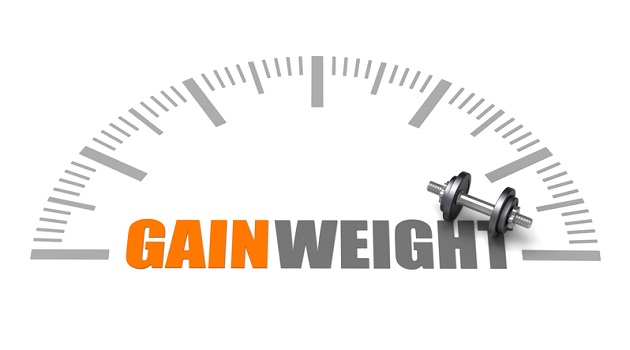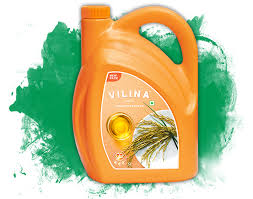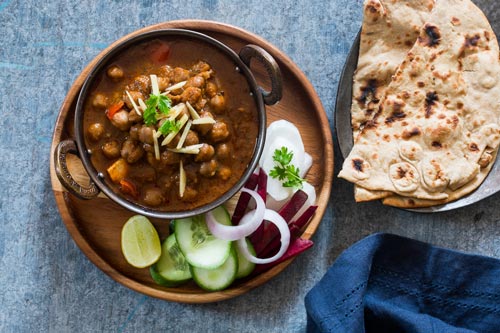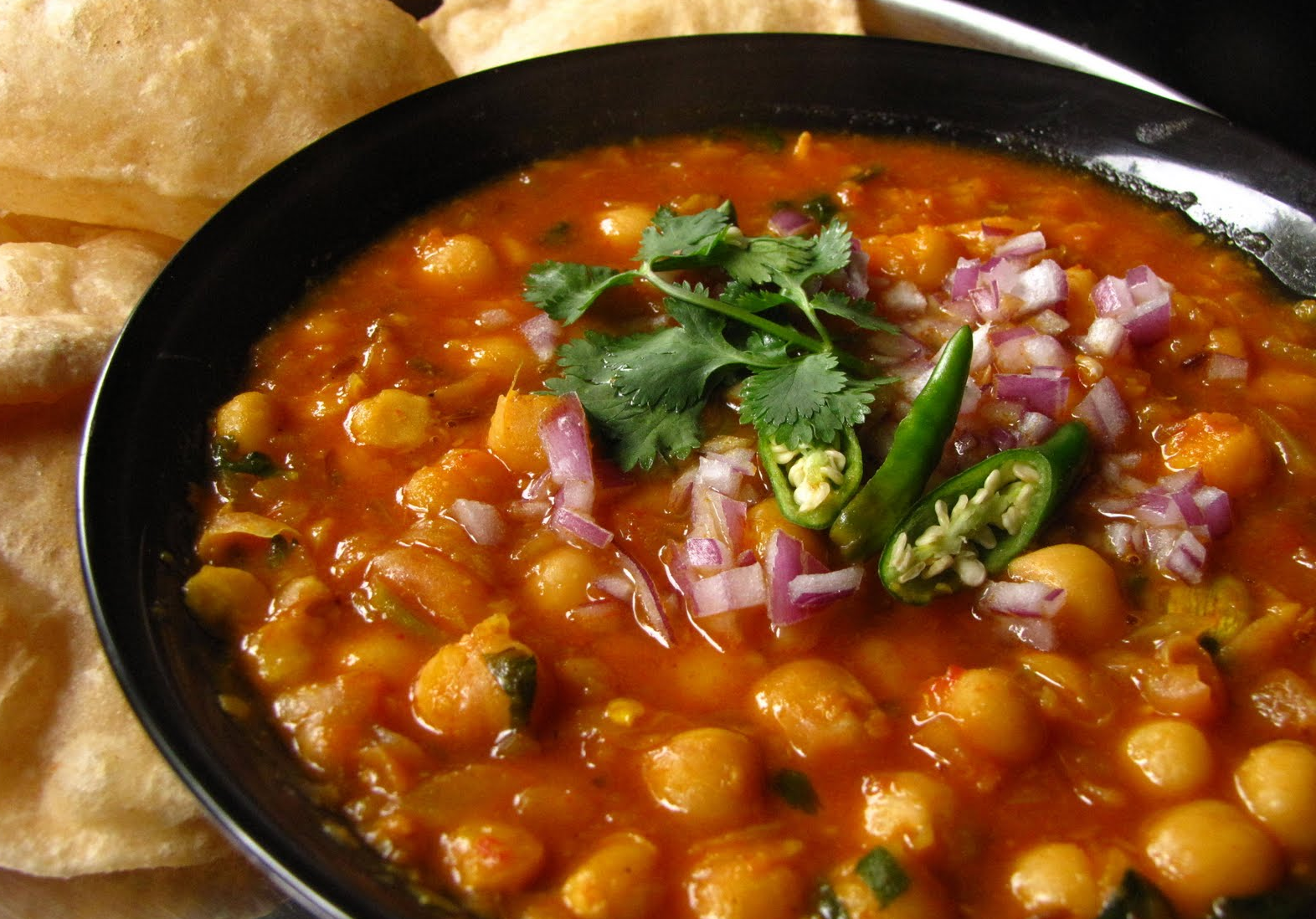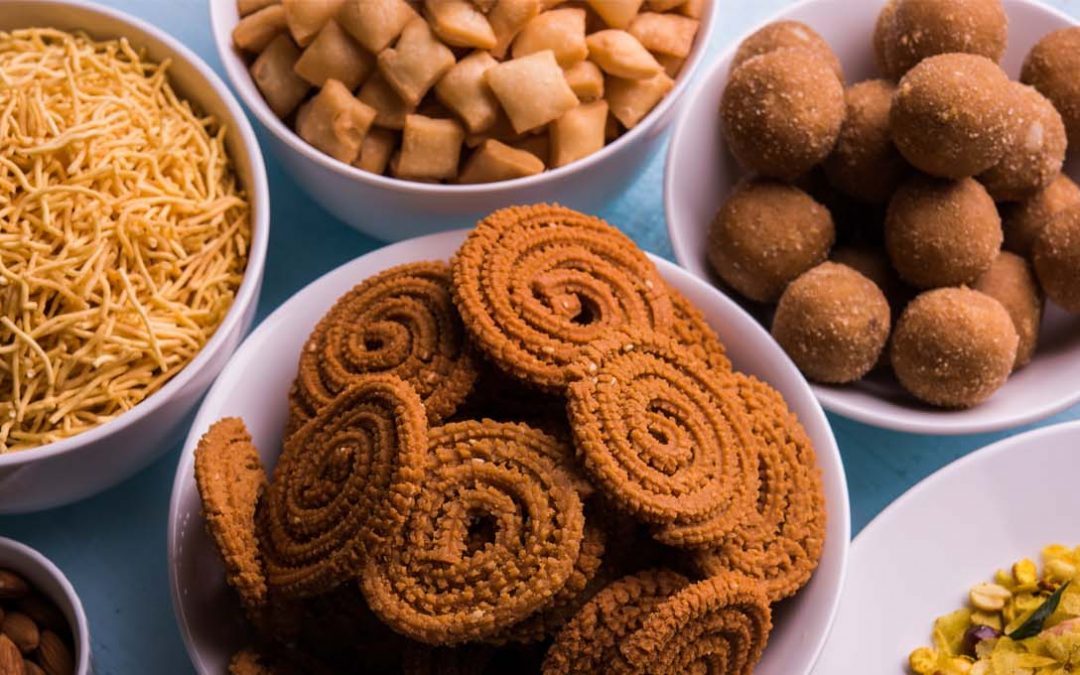
10 must try Snacks for Diwali
10 must try Snacks for Diwali
Snacking is habit almost of us have. Usual holidays are spent lazing around, on the couch, watching TV with a bowl of snacks for company. When it comes to holidays, especially for Diwali, it is a legit snacking time for everyone, anyway. In fact, for foodies and the calorie conscious alike, snacking on Diwali special snacks is Diwali, the festival of lights is the time to be carefree and feast.
For this Diwali, here are special 10 snacks that must be tried.
1) Sankarpali:
A popular snack in the northern parts of India, it is specially made for Diwali in Maharastra. A light and savoury, maida and semolina based nugget in diamond shape, Sankarpali is light on the stomach and a healthy way to snack. In fact, if eating Diwali sweets is making you go down that guilt trip in your conscience, these snacks can be baked too. The look and the texture may vary when the difference comes to frying and baking. However, the taste remains unchanged.
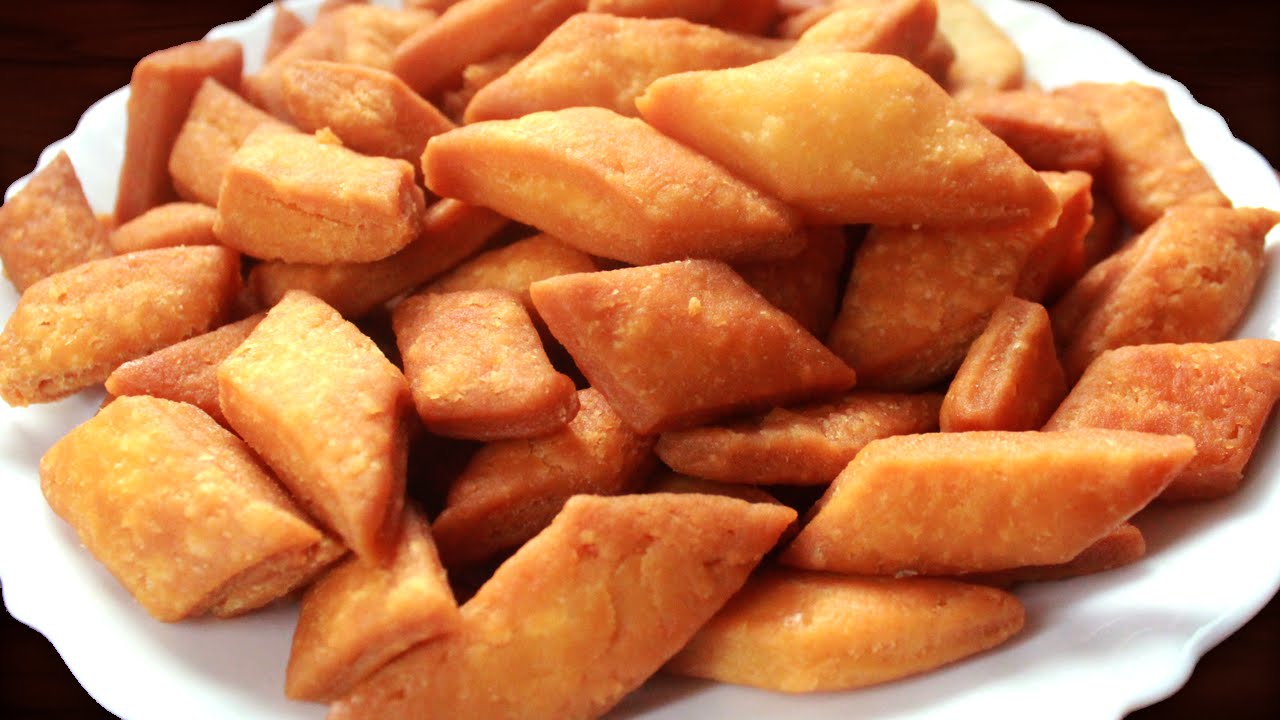
2) Kaju Katli :
Who can say no to Kaju Katli! A sweet made entirely of cashew nuts and sugar, it might not be that high in the health quotient equilibrium! Yet this is one of the sweets. which can double up as a snack as well as a dessert. Kaju Katli is the favoured sweet for guests, family as well as for distributing. A little intricate to make, Kaju Katli is a sweet which is special anyway.
3) Gajar Ka Halwa:
The taste and the colour of this sweet dish is for everyone to taste and see. Made from carrots, this healthy dish looks tempting. With grated carrots lending the dish its orange colour, Gagar ka halwa brings together the essence of clarified butter or ghee, milk and sugar make for the traditional recipe. The modern twist comes with spins on ingredients used in the halwa. For Diwali, kesar or saffron Gajar ka halwa is one of the popular dishes. Nutty and dry fruit saturated gajar ka halwa is another loved version of this dish.
4) SHRI KHAND:
One of the most loved Indian desserts, Shri Khand is the easiest of all to make. Though Shri Khand is actually a dessert, it is versatile in character and passes on a snack conveniently too. Yoghurt or curd based, this recipe can be customized and twisted to take on the flavour of any fruit that one may fancy. Plain Shrikhand is made with plain hung curd, mixed with sugar and flavoured with cardamom. To make it season fruit appropriate, mango puree or strawberries, banana pieces or orange zesta and juice, or even chocolate syrup can be added to the traditional shrikhand. Its best served chilled. If there is extra Shri Khand left, no one can resist tucking into a bowl full of it for snacking.
5) Karenji:
A stuffed and savoury snack filled with the goodness of grated and sweetened coconut or semolina, this special Diwali sweet is high on the snacks ranking. Made out of wheat flour or maida, and stuffed with flavoured and sweet coconut or dry fruits, karenjis are easy to make, deep fried snacks. Deep fried and sweet never goes wrong !!
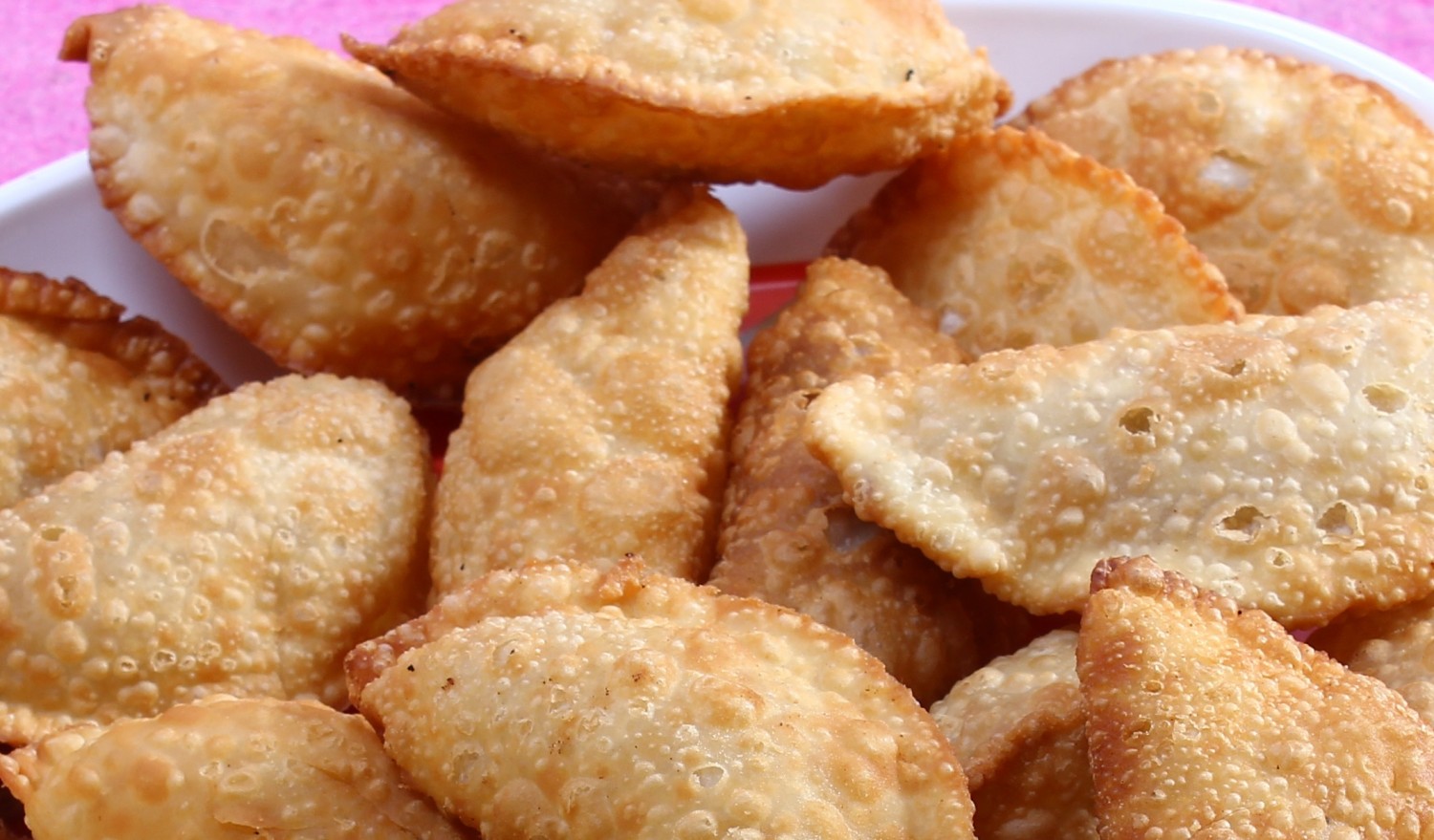
6) Kachori:
Diwali is not just about sweets. Snacks comprise of the salted goodies too, in the menu. Kachoris are traditionally made out of wheat dough casing and filled in with flavour loaded and coarsely ground moong and urad dal, fried in ghee and mixed with all the spices. These are an all time irresistible snack. During Diwali, with family and friends binging on snacks together, kachoris are enjoyed best with sweet and spicy chutney over a lot of laughter.
7) Gathiya:
A gram flour based snack, these are light and crunchy and goes perfectly well with piping hot tea. The lazy afternoons of Diwali holidays are made tastier with these spaghetti shaped snacks made out of besan flour, salt, chilli powder and carrom seeds. An honest verdict for these would be that no one can stop at 1 or 10.
8) Chivda:
Diwali without Chivada is unheard of in the Maharashtrian households. Made out of flattened rice called poha, and mixed with peanuts, dry coconut, curry leaves, turmeric powder and spices, this light snack is a delight. Made in bulk during Diwali, it is one of the most distributed snacks.
9) Dahi Bhalla :
Curd and yoghurt based, this dish is rich in flavours yet healthy. Snacking on dahi bhalla can never be wrong for anyone’s health for the very reason of the way they are made. The Bhallas or the pakoras made out of pulses (moong and urad dal), and served with tamarind chutney and green chilli chutney. They are also accompanied by boiled potatoes and peas. This makes this dish not just taste-bud-satiating but also soulful.
10) Gulab Jamun :
After a Diwali dinner feast, the unwritten rule of expectation in Diwali is a bowl of kheer and gulab Jamun. This moist dark brown sweet meat balls, soaked in sugar syrup, are categorized as sweets but are never denied if offered to snack on either.
Conclusion:
Diwali is the time for feasting. Food is always a lavish layout. However the most awaited items on the menu are the snacks. Though binging on these snacks does tip the weighing scales a little towards the higher side, they are still as irresistible.
Disclaimer – “Views expressed in the blogs, are exclusive thoughts of the author and are not necessarily
aligned to Vilina Refined Oil’s policies”.

